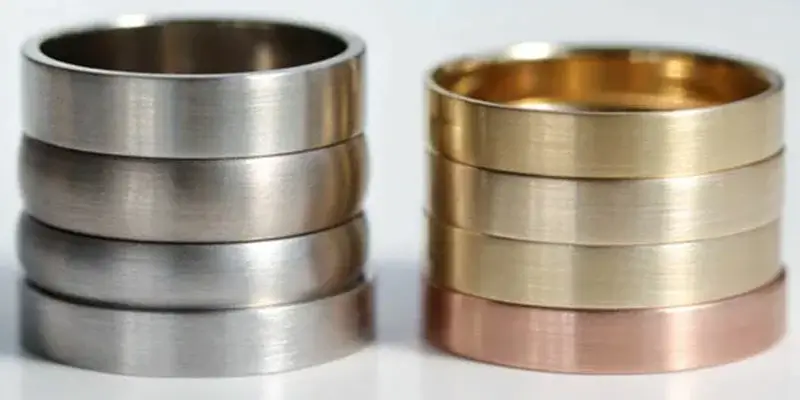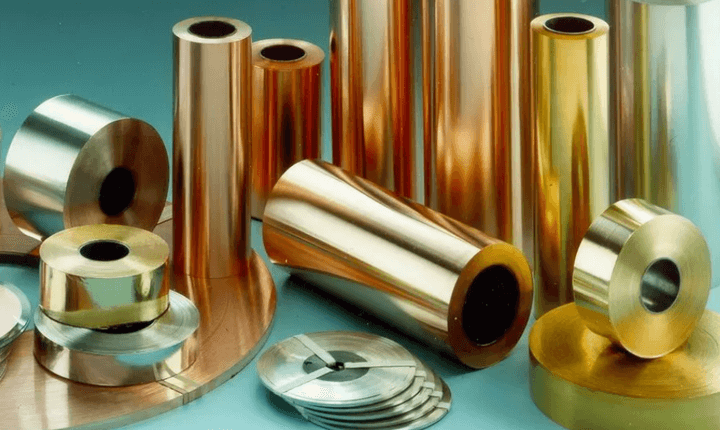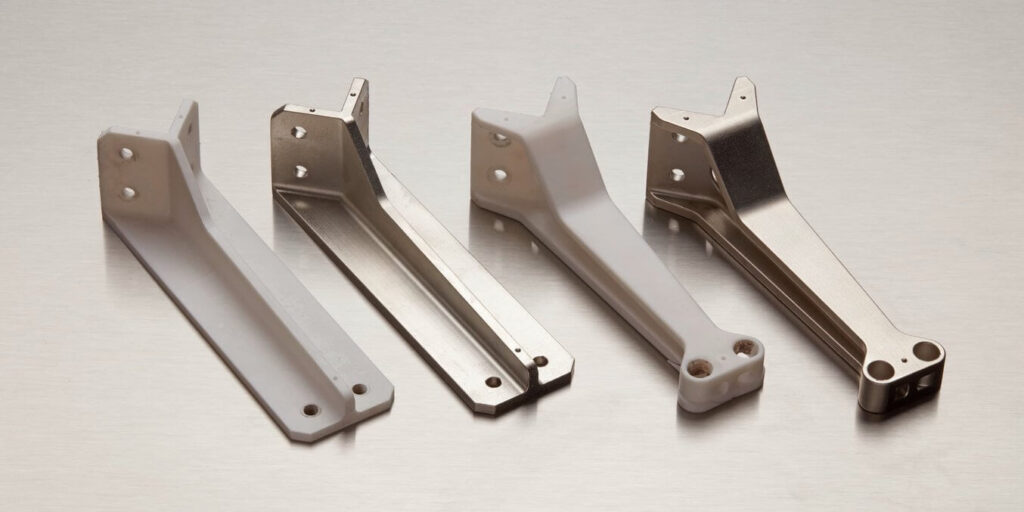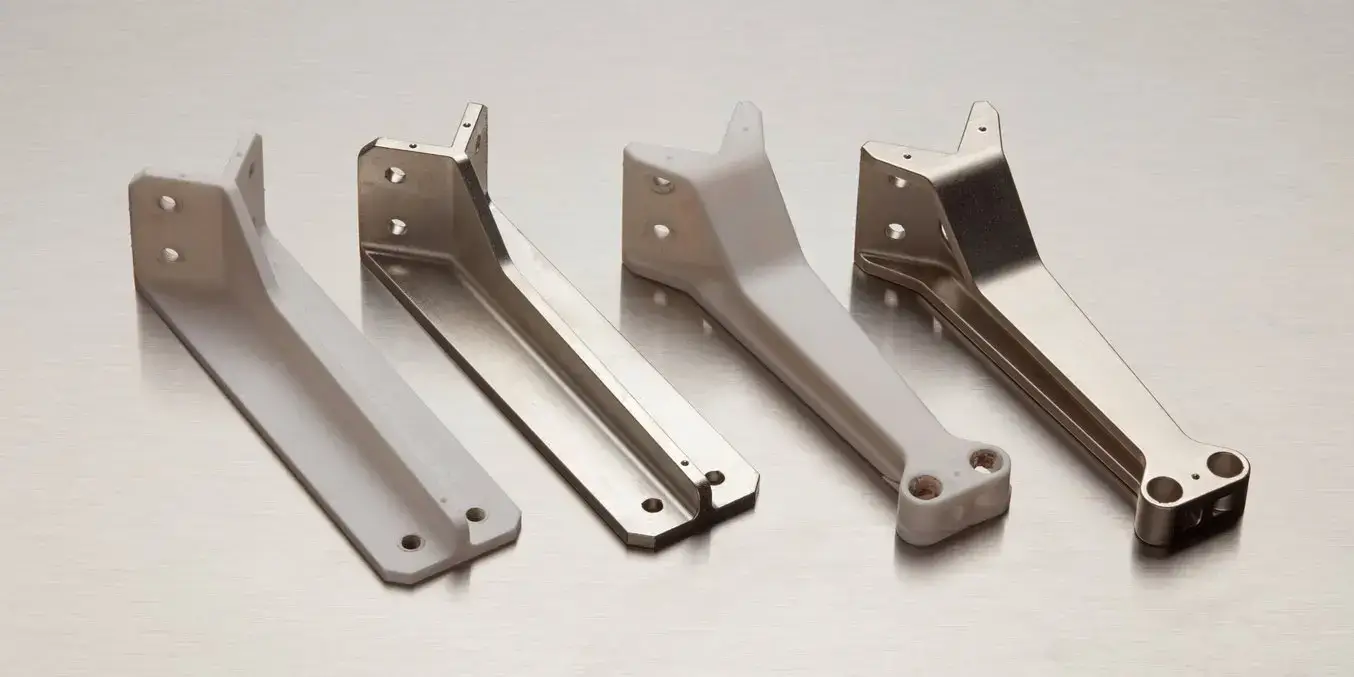Introduction to Types of Metal Plating
Metal plating is a process where a metal object is coated with a thin layer of another metal. The technique is used in a variety of industries such as automotive, aerospace, electronics and jewelry, as well as industrial parts such as coffee machine parts.
Metal plating has a variety of uses, such as improving the appearance of an item, increasing its durability and providing corrosion resistance. There are many types of metal plating, each with its own unique properties and applications.
1.Electroplating
The process involves immersing the object to be plated (called the substrate) in a solution containing ions of the metal to be plated. An electric current is then passed through the solution, causing the metal ions to be attracted to the substrate and form a thin layer on its surface.
As a result, electroplating is widely used for decorative purposes, as its properties can give items such as jewelry, silverware and bathroom fixtures a shiny and reflective surface that is very practical.

2.Chemical plating
Unlike electroplating, chemical plating does not require an electric current to deposit a metal layer. Instead, it relies on a chemical reaction between metal ions and a reducing agent in the plating solution. This reaction causes the metal ions to be reduced and deposited on the substrate. Chemical plating is often used in industries that require uniform and precise plating, such as electronics and printed circuit board manufacturing.

3.Galvanizing
Galvanizing involves applying a layer of zinc to a metal object, usually steel or iron. The process provides excellent corrosion resistance to the substrate because the zinc layer acts as a sacrificial anode, protecting the underlying metal from oxidation. Galvanizing is often used in the construction industry for applications such as roofing, fencing, and structural support.
4.Tinning
Tinning involves depositing a layer of tin on a metal object, usually copper or steel. Tin plating offers a variety of benefits, including corrosion resistance, solderability, and improved appearance. It is often used in the electronics industry for applications such as printed circuit boards and connectors.

5.Nickel Plating
Nickel plating involves depositing a layer of nickel on a metal object, usually steel or brass. Nickel plating offers excellent corrosion resistance, wear resistance, and hardness. It is often used in the automotive industry for applications such as engine components, bumpers, and trim.
All in all, metal plating is a versatile process that can enhance the appearance, durability, and corrosion resistance of coffee machine parts.
